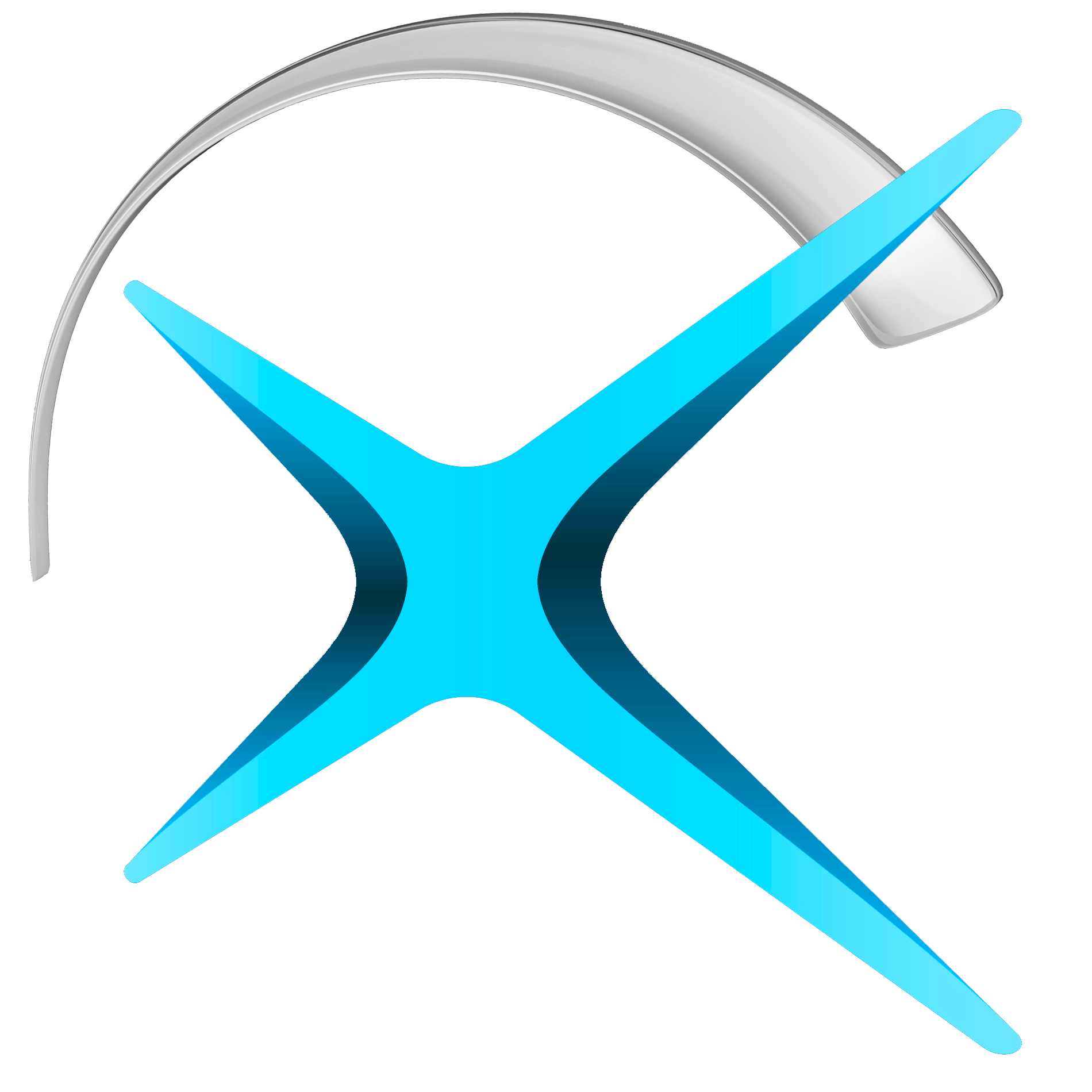10 Strategies for Enhanced Efficiency in Restoration Projects
June 11, 2024 •Ember Davis

In today's fast-paced restoration industry, efficiency is paramount for success. Whether you're tackling water damage, fire restoration, or mold remediation, optimizing your workflow can make all the difference. With the right strategies and tools, such as restoration software and job management platforms, contractors can streamline their processes, increase productivity, and deliver exceptional results. In this comprehensive guide, we'll explore 10 proven strategies for enhancing efficiency in restoration projects.
-
Standardize Processes: Establishing standardized procedures involves documenting step-by-step instructions for common tasks to minimize errors and ensure consistency across projects. By creating standardized protocols, restoration contractors can minimize errors, ensure consistency across projects, and improve overall efficiency. This includes defining specific methods for assessing damage, selecting appropriate equipment, and executing restoration procedures. Utilizing job management software can facilitate the standardization process by providing templates and workflows that guide technicians through each step, ensuring adherence to established procedures.
-
Utilize Checklists: Detailed checklists are essential tools for guiding technicians through each stage of the restoration process. These checklists should outline the tasks to be completed, the materials and equipment required, and any safety protocols that need to be followed. By utilizing checklists, contractors can ensure that no steps are overlooked, reduce the risk of errors or omissions, and maintain quality control throughout the restoration project. Job management software can automate checklist creation and distribution, ensuring that all team members have access to the necessary tasks and instructions.
-
Implement Digital Documentation: Digital documentation tools, such as mobile apps or cloud-based software, offer a convenient way to capture and organize project data, photos, and notes. This digital documentation can include before-and-after photos of the restoration site, detailed job logs, and communication records with clients and subcontractors. By digitizing documentation processes, contractors can improve accessibility, reduce paperwork, and enhance collaboration among team members. Job management software often includes features for digital documentation, allowing contractors to upload photos, record notes, and track project progress in real-time.
-
Prioritize Communication: Effective communication is essential for ensuring that restoration projects run smoothly and efficiently. Contractors should foster clear and open channels of communication among team members, clients, and subcontractors. This includes regular project meetings, timely updates on project progress, and prompt responses to client inquiries or concerns. By prioritizing communication, contractors can avoid misunderstandings, address issues proactively, and build trust with clients. Job management software can facilitate communication by providing centralized communication channels, real-time messaging, and automated notifications for important updates or changes.
-
Optimize Resource Allocation: Job management software offers valuable features for optimizing resource allocation, including labor scheduling, equipment tracking, and inventory management. By utilizing these tools, contractors can assign tasks to the right personnel based on their skills and availability, track the usage of equipment and materials, and ensure that resources are allocated efficiently to meet project deadlines and budgets. With job management software, contractors can optimize resource allocation by viewing resource availability through scheduling and calendar sync.
-
Schedule Proactively: Proactive scheduling involves anticipating potential challenges and planning project timelines accordingly. Contractors should consider factors such as weather conditions, subcontractor availability, and client preferences when scheduling restoration projects. By proactively scheduling tasks and allocating resources, contractors can minimize downtime, prevent delays, and optimize project efficiency. Job management software can facilitate proactive scheduling by providing visibility into project timelines, resource availability, and potential scheduling conflicts, allowing contractors to make informed decisions and adjustments as needed.
-
Embrace Technology: Technology solutions such as drones, moisture meters, and thermal imaging cameras can significantly streamline inspection and assessment processes in the restoration industry. Drones can provide aerial views of the restoration site, while moisture meters and thermal imaging cameras can detect hidden moisture and structural damage. By leveraging these advanced technologies, contractors can improve the accuracy of their assessments, identify issues early on, and deliver more effective restoration solutions. Job management software can integrate with these technologies, allowing contractors to capture data from inspections and assessments directly within the software platform, streamlining the documentation process and facilitating collaboration among team members.
-
Invest in Training: Ongoing training and professional development are essential for ensuring that restoration team members have the skills and knowledge needed to perform their tasks effectively. Contractors should provide training on industry best practices, safety protocols, and the proper use of equipment and technology tools. By investing in training, contractors can enhance employee proficiency, reduce the risk of errors, and maintain high standards of quality in their restoration projects.
-
Analyze Performance Metrics: Regularly reviewing key performance indicators (KPIs) allows contractors to assess their business performance and identify areas for improvement. Performance metrics such as project timelines, budget adherence, and customer satisfaction scores can provide valuable insights into the effectiveness of restoration processes. By analyzing these metrics, contractors can identify trends, track progress towards goals, and make data-driven decisions to optimize their operations. Job management software can streamline KPI tracking and reporting by providing customizable dashboards, real-time analytics, and automated reports, allowing contractors to monitor performance metrics and trends at a glance.
Continuously Improve: Foster a culture of continuous improvement within your organization by encouraging feedback from team members and clients, and implementing changes based on lessons learned. This includes conducting post-project reviews to identify successes and areas for improvement, soliciting input from team members on process enhancements, and implementing innovative solutions to overcome challenges. By embracing a mindset of continuous improvement, contractors can adapt to changing industry dynamics, stay ahead of the competition, and drive long-term success in the restoration industry. Job management software can support continuous improvement efforts by providing tools for feedback collection, performance analysis, and process optimization, enabling contractors to identify opportunities for improvement and implement changes effectively.
By incorporating these strategies into your restoration projects and leveraging the power of restoration software and job management platforms, you can optimize your workflows, boost efficiency, and drive success in the competitive restoration industry.



